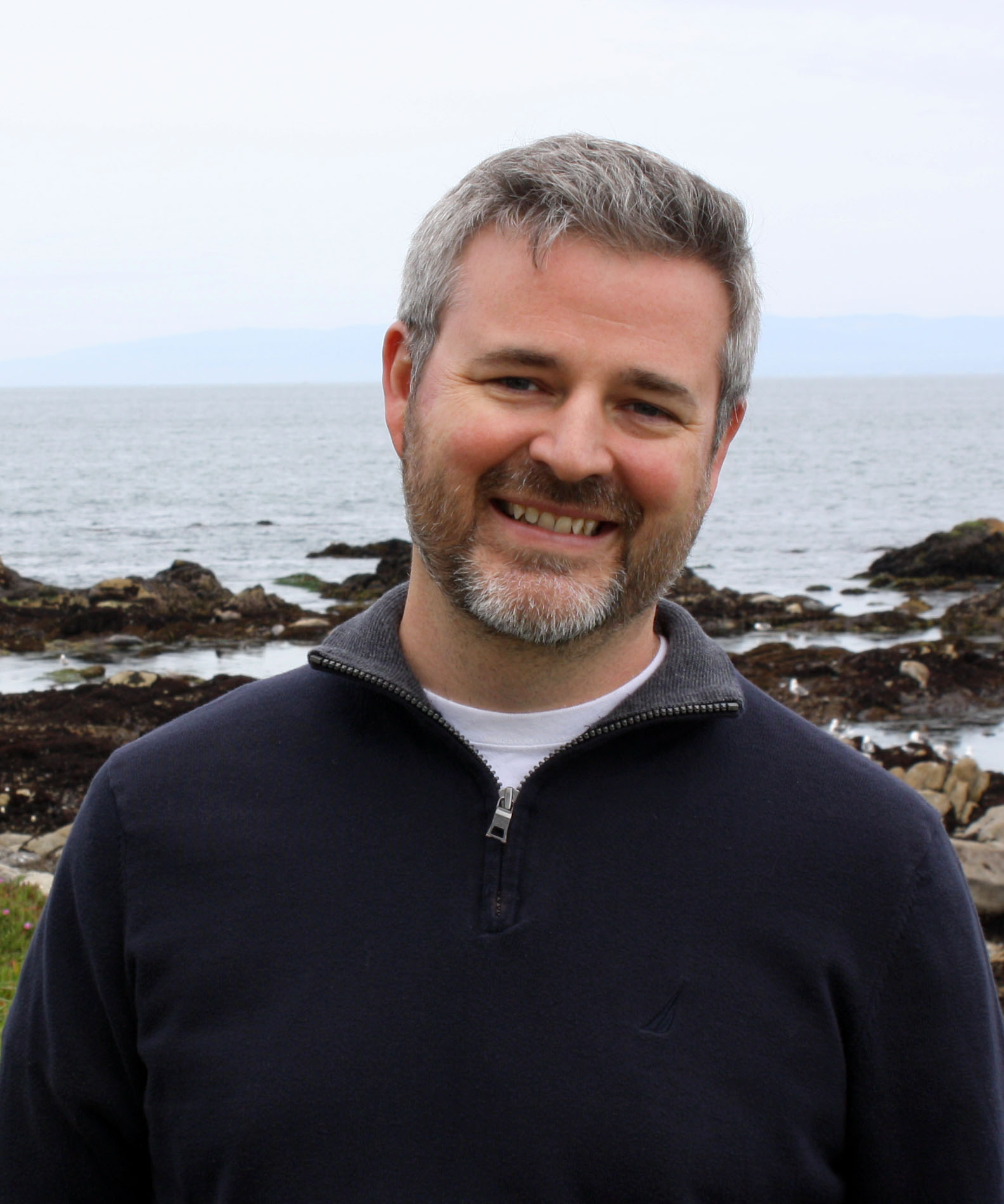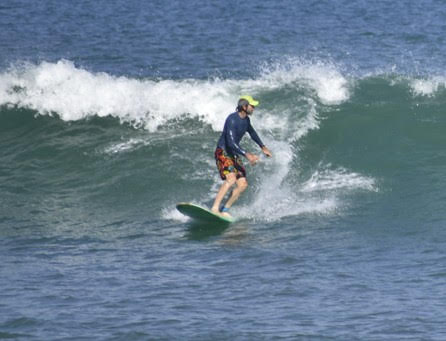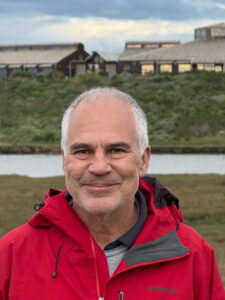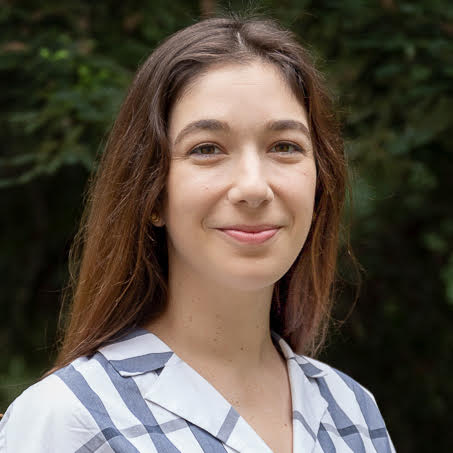Dr. Aaron Carlisle | University of Delaware
Presenting: "New biologging approaches for studying marine species and ecosystems"
Hosted by: Ichthyology Lab
MLML Seminar | October 7th, 2025 at 4pm (PDT)

New biologging approaches for studying marine species and ecosystems
Biologging approaches, or the use of animal-borne electronic tags for logging and/or relaying of biological and environmental data, are advancing at a rapid pace, providing new ways for studying marine species and their environment. Our research group, the Trophic and Spatial Ecology Research Lab (TRASER) at the University of Delaware, is working to advance biologging technology to improve our ability to obtain in situ data on the behavior, physiology, and habitats of mobile marine species to improve our understanding of their ecology as well as foster improved management of marine ecosystems in a rapidly changing ocean. In this seminar, I will provide an overview of our research in developing the use of sharks as ocean observing platforms that will improve our ability to obtain near-real time oceanographic data from these highly mobile species, improving the type and scale of data available to various oceanographic models. I will also discuss our ongoing effort to integrate biologging tags with lab-derived estimates of physiological parameters with high resolution behavioral and environmental data to understand how the physiology of an organism interacts with the environment to influence its distribution and ecology across spatial and temporal scales.
Dr. Aaron Carlisle




